Schiaparelli, the venerable French couture house, does not come to you—you go to it. If you want to buy one of its meticulously crafted creations, you have to go to Paris and make your way to number 21 in Place Vendôme. With the exception of a shop-in-shop at Bergdorf Goodman in New York, Schiaparelli’s original atelier is the only place one can buy its whimsical ready-to-wear and accessories, or order its haute couture.
One sunny day in June, I made the pilgrimage, not to order a viscose silk crêpe coat with gilded brass buttons in the form of an eye and an ear, or a brown leather tote with abs molded onto it, but to interview Daniel Roseberry. In several short years, the designer has transformed Schiaparelli into one of today’s most talked-about brands. A celebrity onslaught, magnified by the fashion and social media, has helped—it’s hard to think of a female celebrity who hasn’t worn Schiaparellirecently. And the more the rich desire to emulate the stars, the more they are willing to jump through hoops to get something others cannot. According to Roseberry, the Schiaparelli atelier boasts a 97 percent conversion rate, despite the frightening prices.
I got to Place Vendôme on a rental e-bike, an admittedly unglamorous method of commuting considering my destination. The bike’s blue frame clashed with a slew of black Mercedes-Benz sedans that ringed the square, the bored chauffeurs scrolling their phones, waiting for the wealthy that descend on Place Vendôme to shop for diamond jewelry and Swiss watches. The square is a microcosm of luxury, one where everyone who is not a multimillionaire can easily be made to feel small. A coffee at the Ritz Paris hotel next door costs 21 euros, and you can sit only at the bar, because, darling, you are not staying at the Ritz Paris.
The Schiaparelli atelier is what you’d expect it to be—a gorgeous, old-world salon with high ceilings, parquet floors, sleek furniture, ornate moulding, and stark white walls. Amongst the art on the walls are two sketches by Salvador Dalí, a nod to a long, collaborative friendship between Elsa Schiaparelli and the Surrealist painter. Only the rail lighting and decidedly contemporary chandeliers remind you that you are in the 21st century. That and the clothes, of course. Schiaparelli, the house’s founder, built her reputation on Surrealism and whimsy, and there is a touch of that in the interior, especially where the walls are covered in white paper that’s molded in parts to give it a subtle, creased volume. You don’t notice it at first, until you do, and one can’t help but appreciate the understated wit that went into this offsetting of the atelier’s unapologetic poshness.
Even within such a decadent atmosphere, Roseberry remains refreshingly open and unpretentious. The hallowed halls of couture have rubbed off on neither his demeanor nor his appearance. When we met, he wears a navy t-shirt, black pants, and a pair of Asics sneakers. It could have been a Park Slope Dad uniform of those who, in Karl Lagerfeld’s immortal words, “gave up on life.” Instead, it was a well-fitted and stylish ensemble, put together by someone who clearly knows how clothes work. Roseberry’s unfussy appearance said, unapologetically, I am here to work. His handsome face, framed by a salt-and-pepper beard, wore an expression of calm confidence that one might not expect from a designer who would be presenting a brand-new collection in just 10 days. The clothes that Roseberry designs are at once whimsical and serious. Their whimsy is on the surface, especially in the way they are embellished with anatomically shaped brass hardware, but also in sly details like inflatable compartments on a leather coat. It can be slightly unsettling, as in a pair of shoes that have golden talons sticking out of them, or just plain funny, in a sweater with a pair of golden breasts jutting out. There are references to Schiaparelli’s work, but they are subtle, and you’d need to know the history of the house to get them. One is hardware in the shape of lips, which originally appeared on a belt buckle designed by Schiaparelli and Dalí.
A golden keyhole is another nod to Dalí, who used the objects in his paintings to symbolize a portal into the subconscious. The serious part of Roseberry’s work lies in materials and construction. The quality of Schiaparelli’s offerings is uncompromising, as befits a couture house. As I toured the atelier, I could not help but pet the fabrics of the garments and turn them inside out to look at the seamwork. All of this luxury is not only appropriate, but also strategic. The brand’s owner, Italian billionaire Diego Della Valle, who is also the owner of Tod’s, does not seem to be concerned with immediate return on investment. During our interview, Della Valle came into the salon, and Roseberry asked me to pause the interview so that he could show Della Valle some of his new work. Stately and impeccably mannered, Della Valle apologized for interrupting us and was gone as swiftly as he appeared. Roseberry, who is 36 (one year younger than Schiaparelli was when she delivered her first collection), freely acknowledges that it’s not only his surroundings that are luxurious, but also his position. Freed from commercial constraints, he is able to indulge in his own vision of what a modern couture house should look like.
Eugene Rabkin: Tell me about how you got into fashion, and what led you to Schiaparelli?
Daniel Roseberry: I was born into the church, and that’s a key part of my upbringing. My dad is a preacher and founded a new church outside of Dallas. I think I was the first baby baptized in it. At the same time, my mom came from a family of artists. Her mother was an incredible painter. Two of my uncles are artists. My grandmother on my dad’s side was a sculptor. Our house was filled with art, and it was great because it wasn’t other people’s art. I was raised with those two worlds informing me as a kid, and at the same time I was gay and growing up in Dallas, so there was also that subtext. When I moved to New York it was a huge departure for me and also a huge release because I went to fashion school. I was so terrified to go to New York that when I graduated from high school, I first became a Christian missionary for a year and traveled in the Middle East, which was fascinating, like a whole other life. And then, long story short, I dropped out of FIT [Fashion Institute of Technology] and ended up at Thom Browne. I felt like I was like becoming an adult all over again. Then, after 10 years, I knew I needed to make a change, to step out on my own, but I didn’t know what that would look like. So, I left without anything planned, and then within six months I was here.
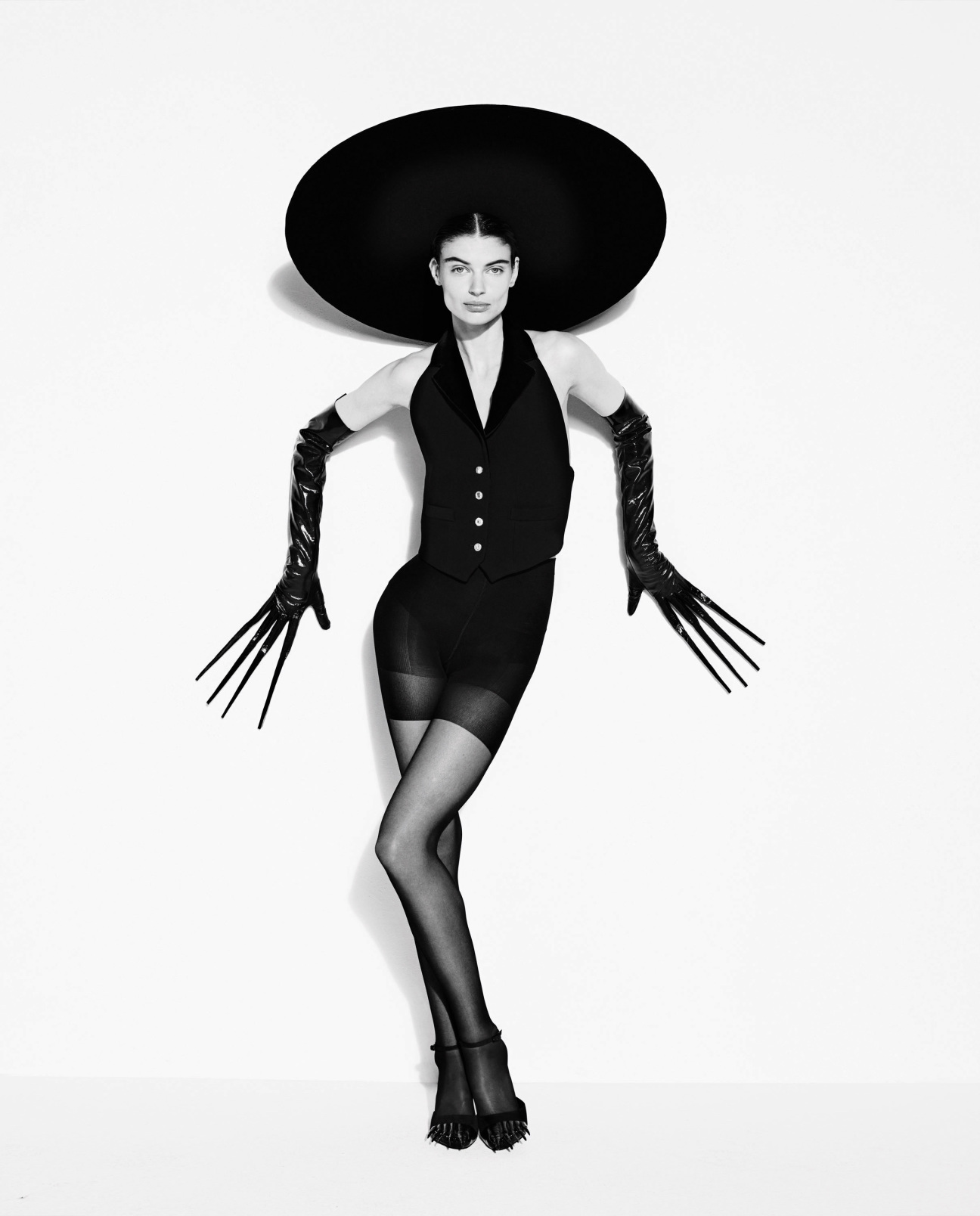
ER: Were you designing women's at Thome Browne?
DR: First men’s, then women’s, then both. Thom and I had a very close working relationship. We shared an office for years. We were really inseparable in that way; Thom always used the reference of how Alber [Elbaz] had worked for Geoffrey Beene. It was really second nature for both of us, so leaving was really hard. I have nothing but gratitude for everything that Thomtaught me.
ER: How did it feel coming here? Did you know much about Schiaparelli?
DR: I knew it was a left-of-center house. I didn’t know that much about her except the key things that I learned at FIT, the iconic pieces, the shoe on the head, the lobster on the dress, and that was basically it. But I knew she was the first one to do collaborations. When I started, they did this big project, like a thesis on Schiaparelli, and it just became a catchall that let me apply myself in the way I wanted; it became a place where Surrealism really started to reveal itself and to speak to me. I had been such an active daydreamer at Thom Browne, but the structure of the house was very specific and rigid, which is the beauty of that brand. Learning about Schiaparelli was like the doors were being flung open. The first show I did felt like a second coming out, like a real introduction to a much more intimate part of myself. Here I just love having something to play with, I love the heritage of the house.
ER: Your work is infused with but you insist that it's not camp. How do you draw the distinction?
DR: I think that Schiaparelli is never really making a parody of itself, and the beauty of camp is in parody and inverting things that are serious. When I look at Elsa’s work, there’s always this sense of humor in the way that shedoesn’t seem to be taking things too seriously; even in the construction of the clothes, there’s a spontaneity and intensity to it; it’s very bricolage in the best way possible, and as an American I really respond to that. Sometimes I look at other creations from that time from other houses and they leave me a little cold, because they don’t have that visual punch that Elsa’s work always had. Her work really setus up to make things today that would workdigitally. I never felt like she was taking herself too seriously, and I think that she had a really biting sense of humor, and yet at the same time it was always deeply chic, and that’s what we always come back to here when we’re in fittings. Are we going into camp, is it becoming a joke? And how do we walk that line of maintaining a sense of humor but make it that specific “hard chic,” as she called it.
ER: There is also a serious flip side to the clothes, which one feels in the construction and materials.
DR: I do feel that in some other parts of fashion the more conceptual or creative the clothes become, sometimes the level of luxury can take a dip. It’s really fascinating for me to join hypercreativity with making clothes that are not led by corporate machinery and marketing plans, but that maintain the highest level of luxury that is at the level of the great houses of the world. To not have price limits on construction, fabric, and trim is a real luxury.
ER: Which puts you in a unique position. Most houses go to their customers, here they have come to you.
DR: There are of course agonies and ecstasies on both sides of that coin. It is a rare privilege, really a dream, to be in this situation, but because the heritage of the house is so iconic and its legacy is largely kept very pure, it does have the weight of a brand in my mind. Like it or not, Elsa wasn’t a dressmaker, she was a brand maker. She was a brand genius. SoI think that the future is very bright in terms of being able to expand in the right way, but as you said, still keeping this hyper-exclusive world. When people come here, they feel the weight of history while at the same time they are falling in love with the clothes. And we fit the couture in the last salon amongst the ready-to-wear pieces. So I’m constantly walking through encountering clients and seeing their faces light up as they fall in love with things that they know are uniquely theirs. It’s special.
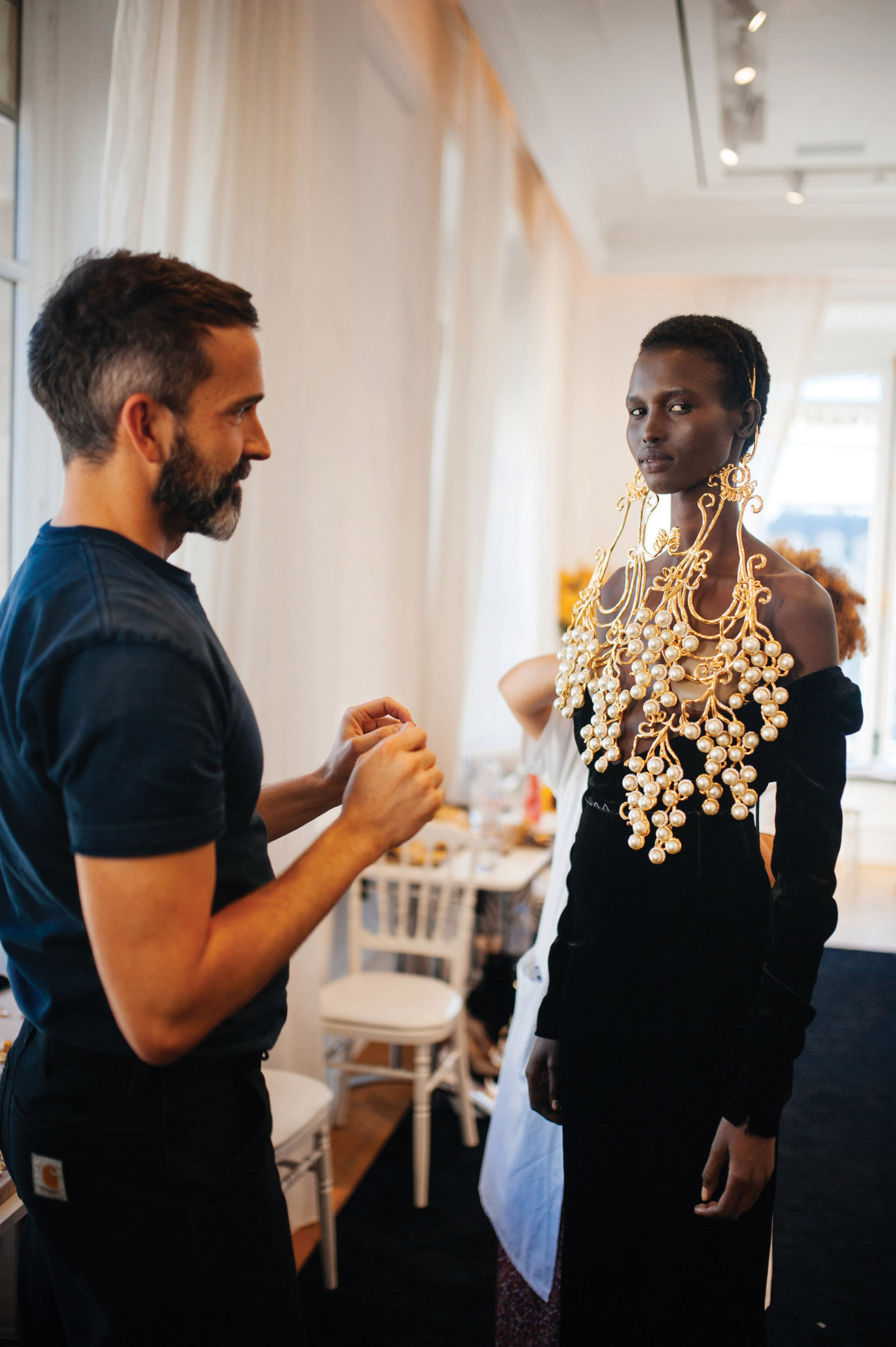
ER: It's very rare to encounter a place like this, because fashion today is so driven by commercial concerns. Often when I walk into a store, the pressure to sell is in the air and it's a turnoff.
DR: I think it’s a turnoff for so many of us who fell in love with fashion in a different era, and who devoted our lives to fashion because of that earlier time. Of course there’s a customer who’s not thinking like that at all, but I really feel devoted to this idea of making fashion that speaks to why I fell in love with it. And I think that’s why people have responded to our couture in the way that they have. It’s like a great song that you haven’t heard in a long time, but you know all the words.
ER: How do you delineate between couture and ready-to-wear in your work?
DR: The ready-to-wear is booming, relatively speaking. We have had such an incredible response to it; as soon as product arrives, it’s gone. But creatively, the couture is like a hyper-personal secret that you keep with your team for three months. I always ask the team, “Do you think people realize how much heart goes into making clothes sometimes?” In couture, especially in a house like Schiaparelli, there’s a level of emotional devotion to the process that I don’t think you can find in a billion-dollar brand. I strongly believe in the power of nonverbal communication when it comes to clothes, and I think people can feel it.
ER: The hardware is a very important part of what you do. Unlike with most brands, where there is a clear delineation between clothes and accessories, with Schiaparelli it's a holistic proposition.
DR: From the beginning, the hardware and he jewelry were the best place and the most natural way to express the heritage of the house and specifically the Surrealism. Eventually it started to bleed into the rest of the collection. Most garments are designed with hardware to accentuate or develop the collection. Sometimes, we really build the garments around that idea. I want clothes that can announce themselves the minute you see them—and the hardware is a key part of that.
ER: Tell me a bit about how you approach a new collection?
DR: There are two ways to talk about it. One is the practical side. Here, I always look at the collection that we just did. I print out the last couture collection about two to four weeks after we show it, and then I look at it and say, “Okay, what worked? What didn’t work?” I’m a Virgo three times over. So I’m very practical in that way. And I love being strategic. How do we make this even more engaging and even more exciting the next time? So it’s about taking what we’ve learned from this collection and adding another layer to it. And then we add about 30 percent of a total unknown. And then we go into the abyss. It always starts with a mountain of research in a war room full of [mood] boards to see what presents itself. There’s one museum visit normally to see some vintage Schiaparelli. And often it can be just one garment that unlocks this whole other dimension of the collection. And then it’s sketching, lots and lots of sketching on the weekends, and the moment that we start fitting, the inspiration boards go. The moment that we get into 3D, it’s a totally different feeling. I always have the images in my mind that are informing the season, or a character that I feel like we want to capture. But then it becomes more of a collaborative process with the atelier. There are like 20 to25 fittings for a couture collection that last all day. It’s a very joyful, labor-intensive process for everyone. Some garments take weeks to get right, and some are draped in 10 minutes and you just know that it’s exactly right.I once heard from someone who was working with Rei [Kawakubo, designer of Comme des Garçons] that at this point in her career, she approaches every collection as if it could be her last. And I feel completely the opposite. Every collection is approached like it’s my first. There’s this idea of creative innocence that is so important to me. And I feel like every season is like clawing your way back to a place of creative innocence. So you can truly create the most naive, hopeful, grandiose kind of mentality, because the moment you show the collection, you tell the secret, you give it all away to the world, and then it’s everybody else’s thing. But I really love that you have to unlearn and train yourself every season and start all over again.
ER: In a way that's how I feel about writing. I put so much into a piece that once it's out I feel like I know it so intimately and I don't want to look at it anymore.
DR: My best friend’s a writer and we talk about this all the time. You give a piece of yourself away when you put work out there, especially to be reviewed and judged, and you have to do it over and over again. You have to train yourself to be able to get back to that place. Otherwise you become a cynic.
ER: It's a vulnerable position to be in.
DR: Completely! Which I love, but it comes at a cost.
ER: So, how do you unwind? What are your cultural interests?
DR: When I go home after work, I’m in full self-soothing mode. I just watch whatever I want to watch. Right now, I’m actively obsessed with the young Harrison Ford. There’s a beautiful poster ofRaiders of the Lost Arkin a gallery by my apartment, which I have my eye on because I want to buy it for my bedroom. I know this is probably not the most exciting answer, but I think it’s cool. I mean, isn’t that where inspiration comes from?


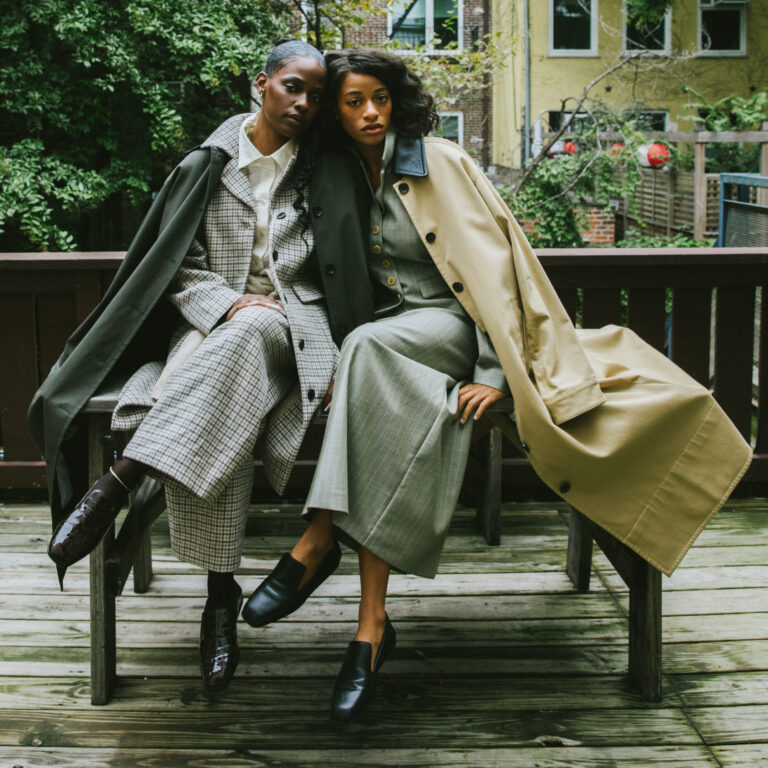
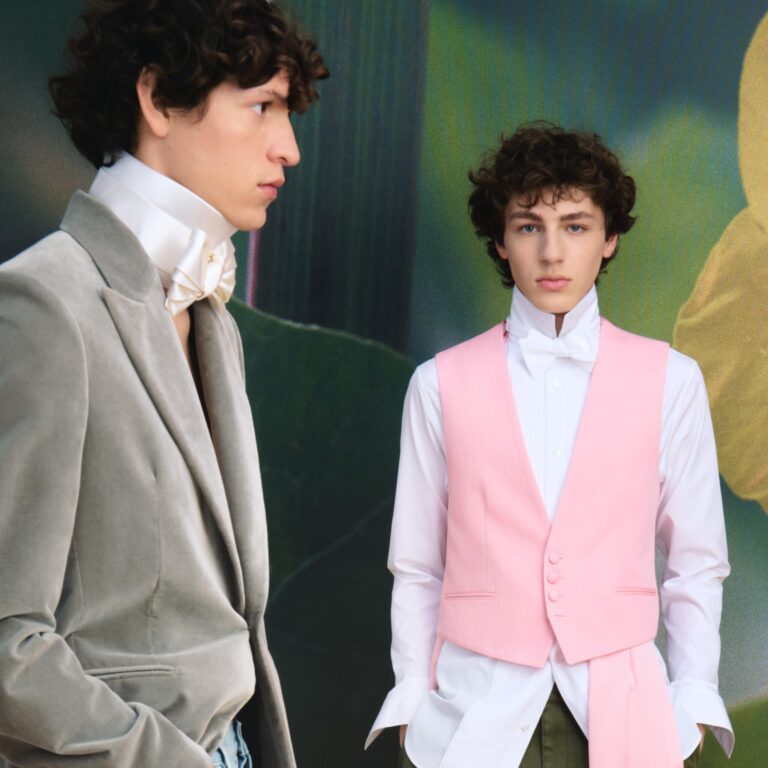
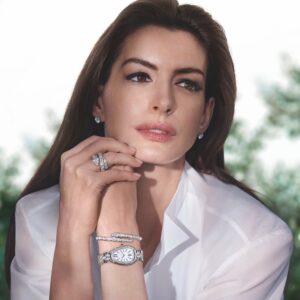
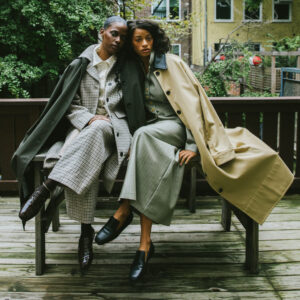
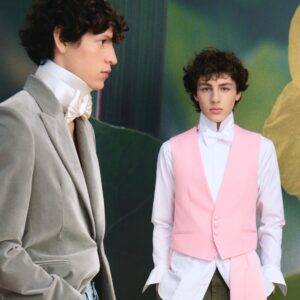



 in your life?
in your life?

